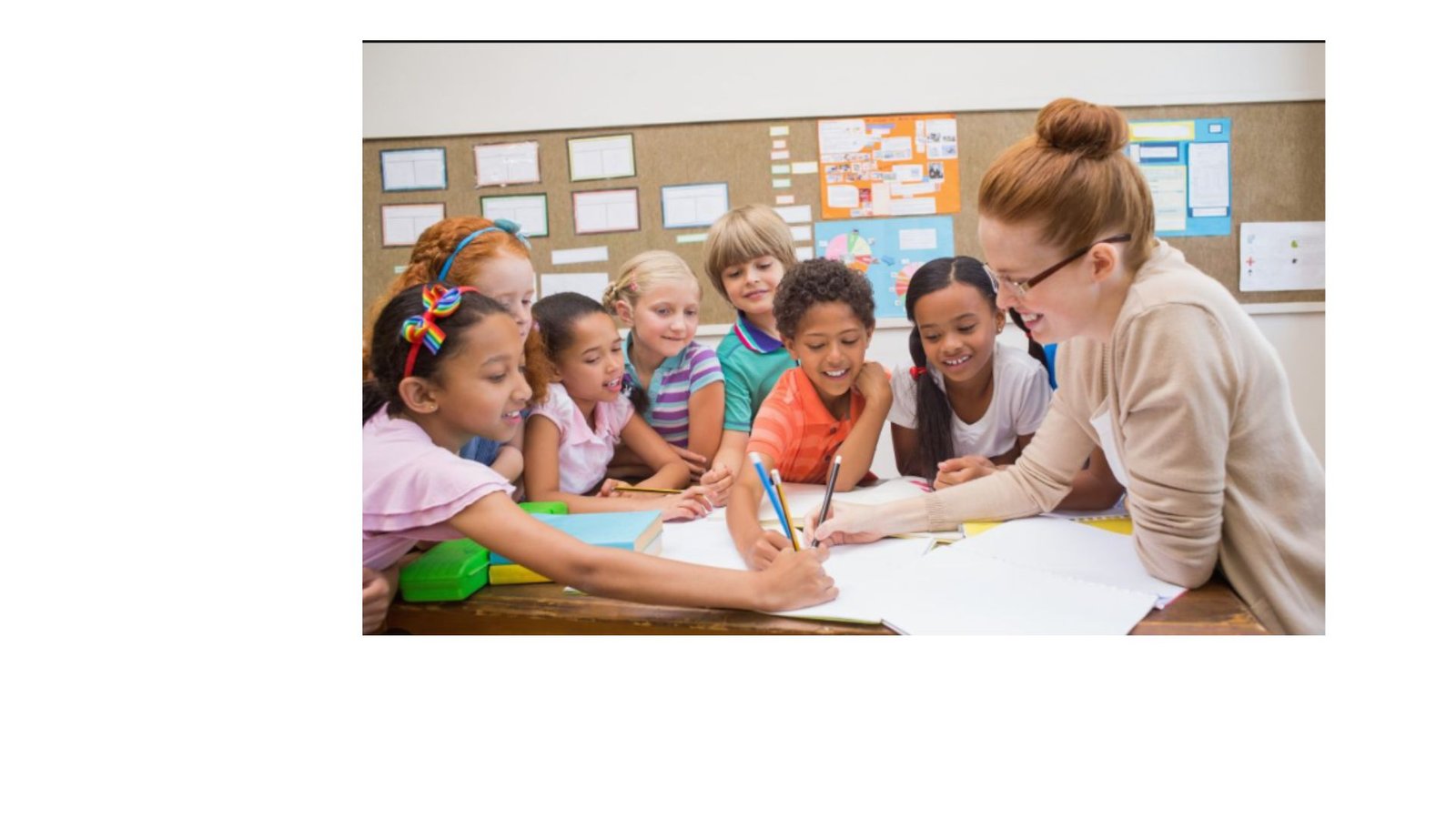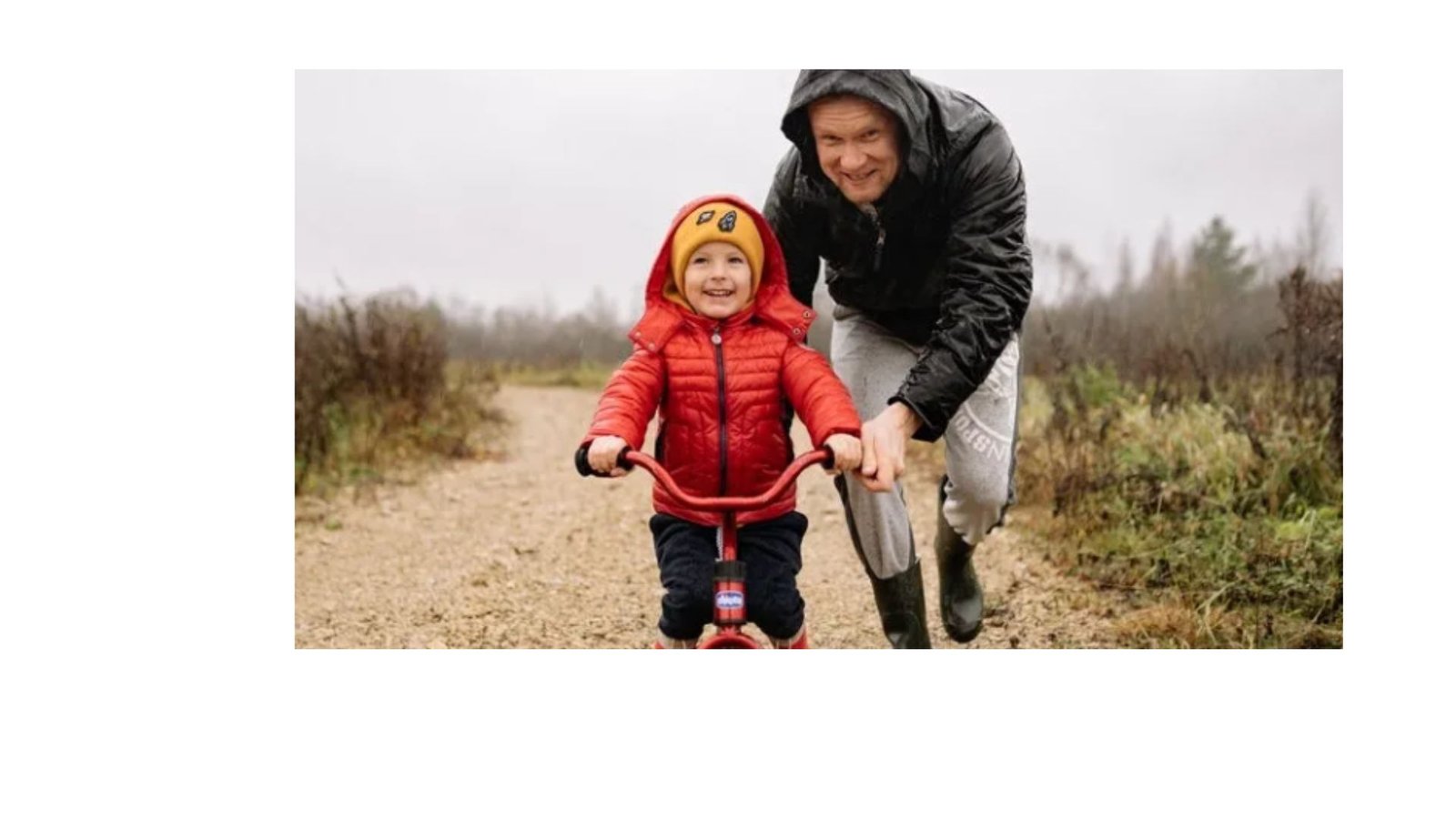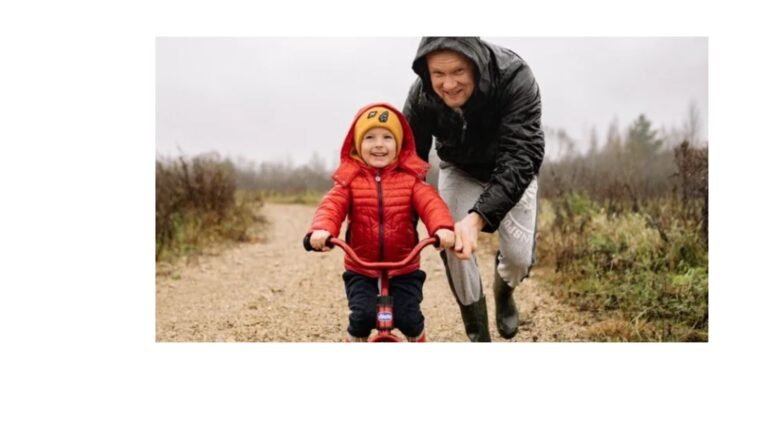|
Getting your Trinity Audio player ready...
|
Nurturing creativity in children is a fundamental aspect of their development. Parents and educators play pivotal roles in fostering creativity from an early age. By creating a supportive environment and providing encouragement, children can unleash their creative potential.

the growth mindset
Encouraging Playful Exploration
Encouraging children to explore their surroundings in a playful manner is essential for fostering creativity. Activities such as building with blocks, drawing, and engaging in imaginative play stimulate their creativity. By allowing them to experiment and discover, parents and educators can nurture their creative instincts.
Creating Opportunities for Creative Expression
Providing various outlets for creative expression is crucial. Art, music, storytelling, and problem-solving activities offer children opportunities to express themselves freely. By encouraging them to try new things and communicate their ideas, parents and educators empower children to explore their creativity without limitations.
Cultivating Curiosity and Open-Mindedness
Cultivating curiosity and open-mindedness is essential for nurturing creativity. Encouraging children to ask questions, explore different perspectives, and think critically fosters their innate curiosity. By exposing them to diverse experiences and ideas, parents and educators inspire creative thinking and innovation.
Embracing Risk-Taking and Learning from Mistakes
Embracing risk-taking and learning from mistakes are integral parts of the creative process. Encouraging children to take risks and explore new ideas teaches them resilience and perseverance. By praising their efforts and resilience, parents and educators instill a growth mindset, encouraging children to view failures as opportunities for growth.
Celebrating Diversity and Individuality
Celebrating diversity and individuality is essential for fostering creativity. Recognizing and appreciating each child’s unique strengths and talents creates an inclusive environment where creativity can thrive. By encouraging them to embrace their individuality, parents and educators empower children to express themselves creatively.
Providing a Stimulating Environment
Creating a stimulating environment rich in resources and opportunities for exploration is crucial for nurturing creativity. Surrounding children with diverse materials, books, and experiences sparks their imagination and encourages creative thinking.
Encouraging Collaborative Projects
Encouraging collaborative projects promotes teamwork and communication skills while fostering creativity. Working with peers allows children to share ideas, learn from each other, and develop innovative solutions to problems.
Fostering a Growth Mindset
Fostering a growth mindset is essential for nurturing creativity. Emphasizing effort and resilience over outcomes teaches children to embrace challenges and persevere in their creative endeavors. By praising their efforts and encouraging a positive attitude towards learning, parents and educators empower children to reach their full creative potential.
Incorporating Nature and Outdoor Activities
Incorporating nature and outdoor activities stimulates creativity and promotes a sense of wonder and exploration. Nature provides endless opportunities for observation, discovery, and imaginative play, inspiring children to connect with their environment and express themselves creatively.
Promoting Unstructured Playtime
Promoting unstructured playtime allows children to explore their interests freely and engage in imaginative play. Without the constraints of adult-directed activities, children can experiment, invent, and problem-solve independently, fostering their creativity and independence.
Conclusion
In conclusion, nurturing creativity in children requires a collaborative effort between parents and educators. By encouraging playful exploration, providing opportunities for creative expression, cultivating curiosity and open-mindedness, embracing risk-taking, celebrating diversity, and creating a stimulating environment, parents and educators can empower children to unleash their creative potential. By instilling a growth mindset and promoting unstructured playtime, they can prepare children for success in an ever-changing world.
you can read more here:
Creativity Skills That Fuel Innovation and Imagination
Creativity is Important : Reasons why it Matters




